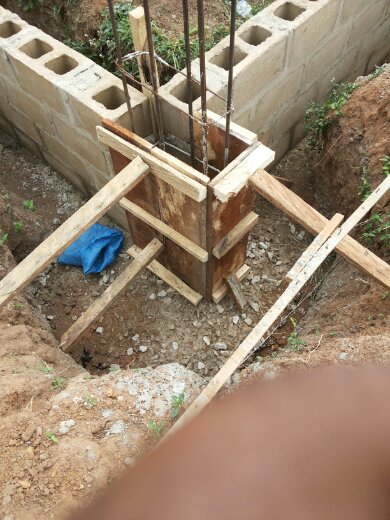Another EPL season starts this weekend. Not a lot of drama have happened yet in the transfer market though the top three sides have changed managers. However, these new managers would obviously play the game the best way they know could win the title. In the light of this, they have warned all their players to get into form else they risk their first team appearances. ‘ Whoever fails to get into good shape will rot on the bench’ says one of the new managers. While others are busy grudging and feeling very bad under this condition of their new manager, Concrete, an indispensable player for Building FC sees this as a call for greater Form. Though indispensable, he’s not ready to give any other player a chance to play his role. More so, everyone loves to show off what they’ve got especially under a new manager.
Welcome, this is my first post on this blog and I hope you enjoy it. My little story up there is an introduction which is aimed at setting our minds to what we’d be discussing today, ‘Formwork’. There are several definitions to ‘Formwork’ by different authors but I wouldn’t want to be messy here, I’d just go ahead and give one which I strongly agree to. The American Heritage Dictionary for English Language (4th edition) defines Formwork as “The structure of boards that make up a form for pouring concrete in construction” As concise as this definition is, there is more to formwork than would be discussed here.

A traditional timber formwork for column
Functional requirements of Formwork
1. It should be lightweight without compromising its required strength
2. Formwork components must fit closely enough at joints to resist concrete outflow.
3. Formwork surface must be well prepared to give a neat finish to resulting structural component
4. It must be strong enough to carry imposed dead and live loads of concrete and the people working on it.
5. It must be rigid and tolerant.
6. It must be built to give precise dimensions of structural component.
7. Formwork should be made to make striking/stripping practically uncomplicated
8. Being lightweight, it should be easy to move it around for reuse.
Materials used for Formwork
1. Timber
2. Steel
3. Plywood
4. Aluminium
5. Plastic
6. Fabric
7. Fiberglass
8. Glass Reinforced Plastic
9. Masonry
10. Concrete
Selection Considerations
1. Cost efficiency
2. Efficacy of material to specific task
3. Level of finish desired
4. Availability of technical personnel
5. Number of repeat use intended
6. Environmental factors
“if you want to come out clean then go in with a great form”